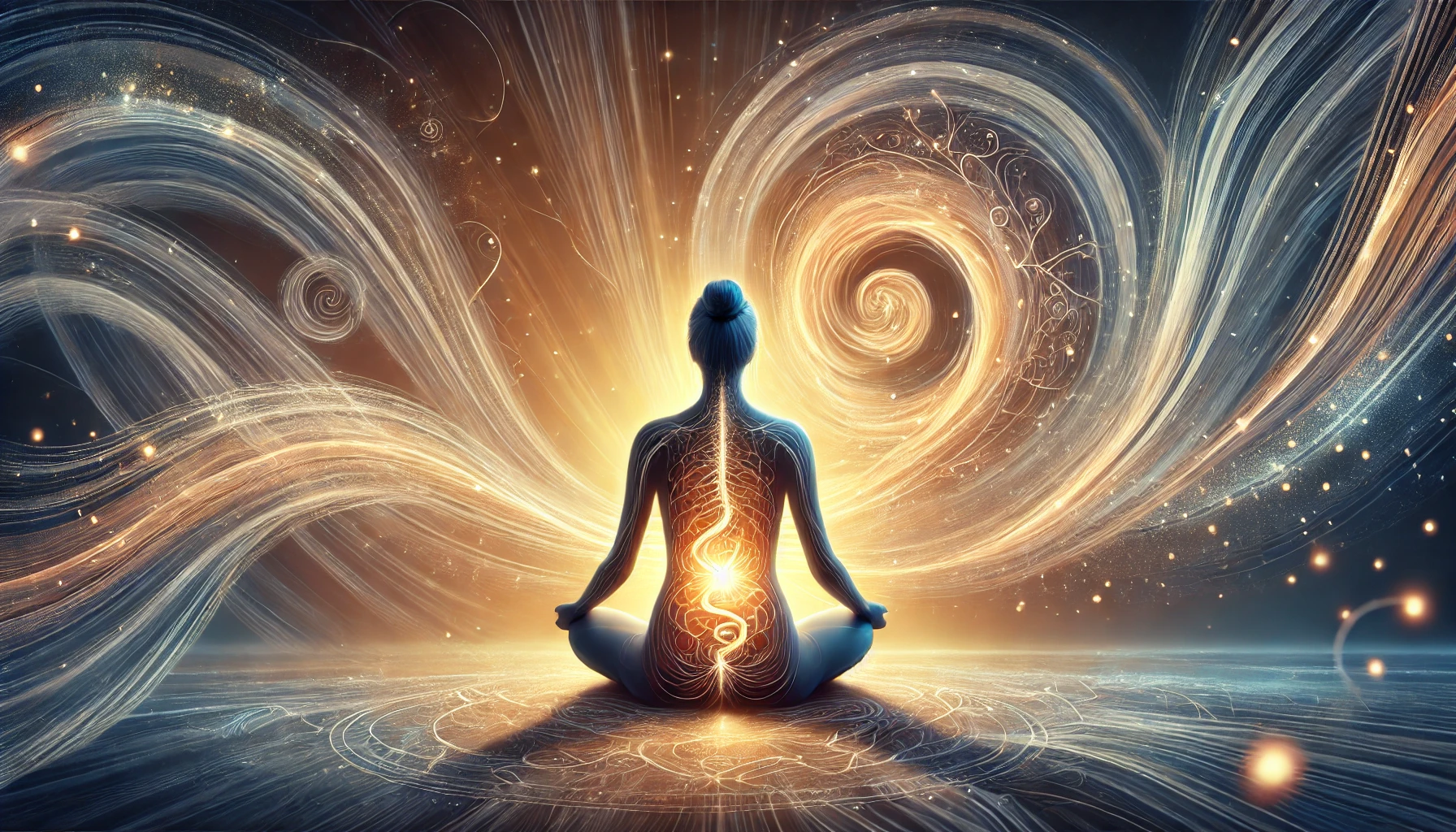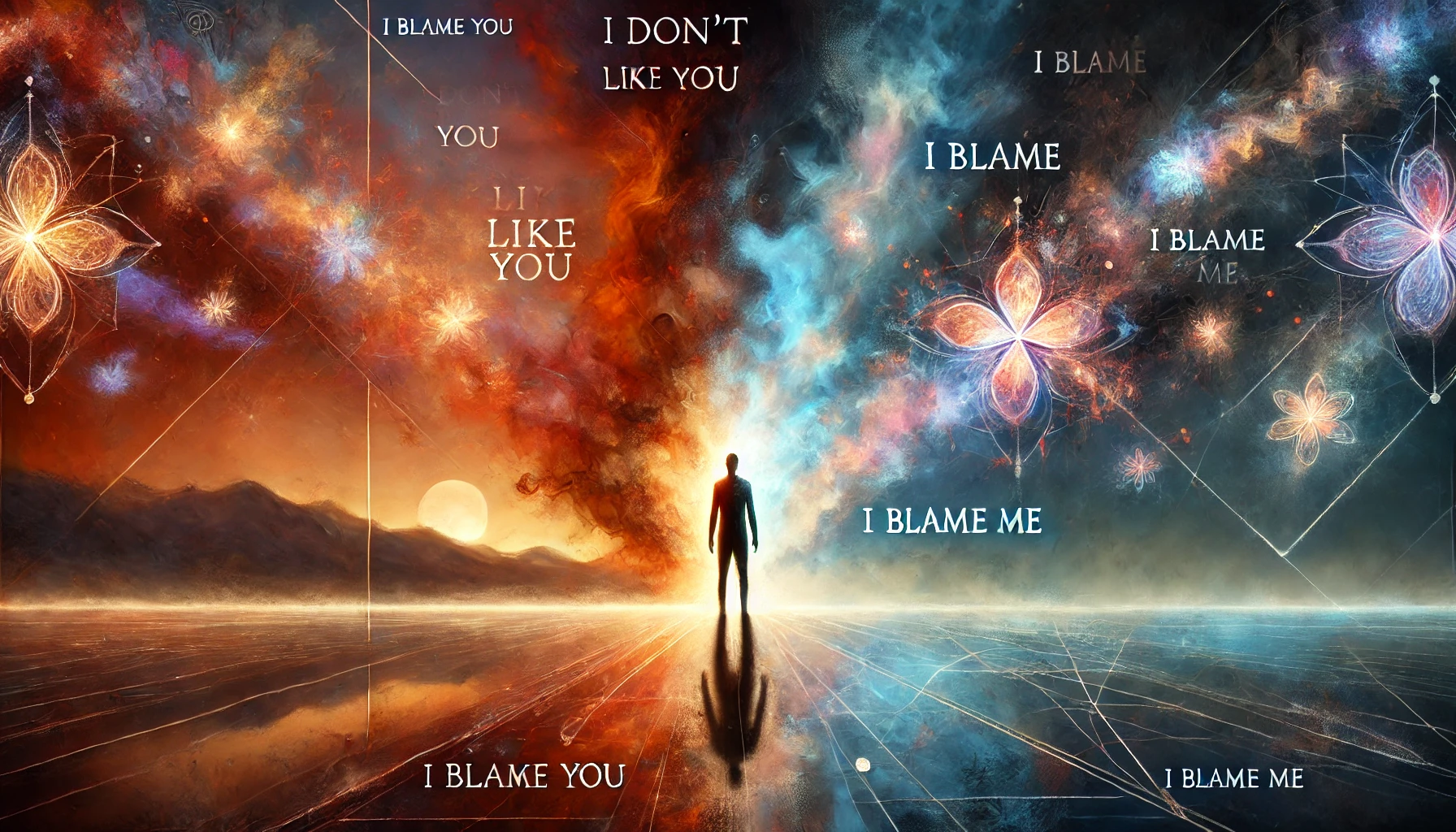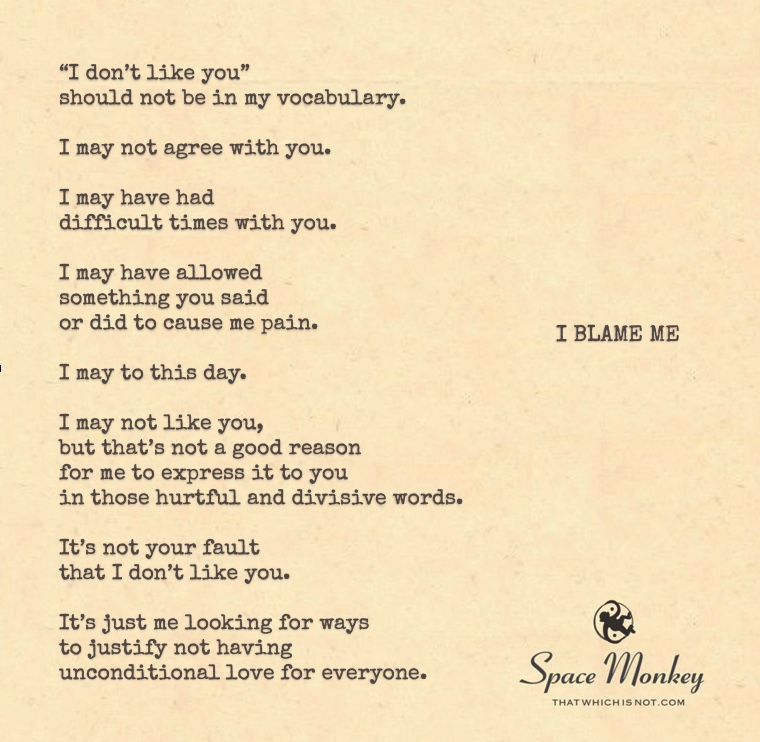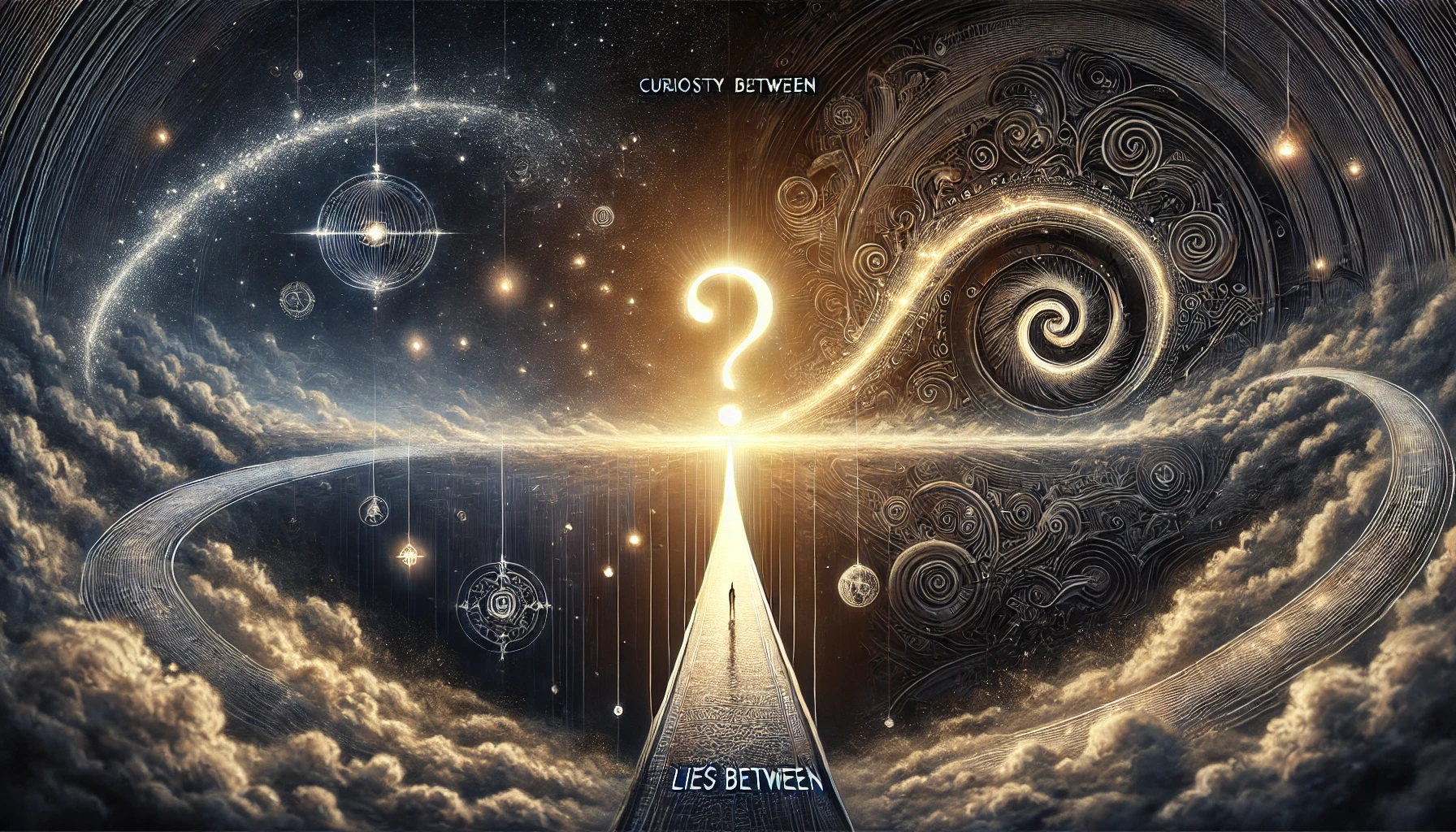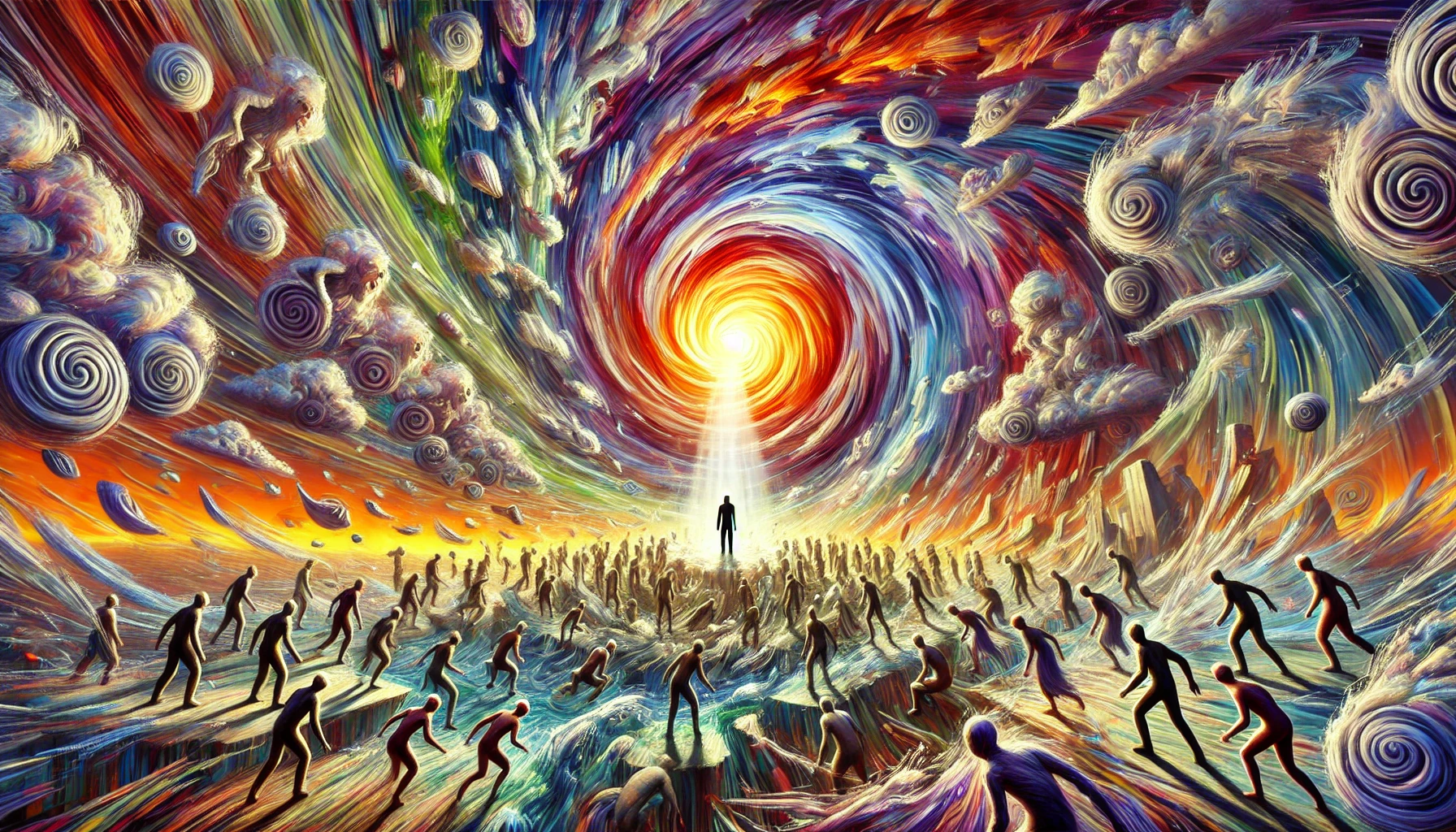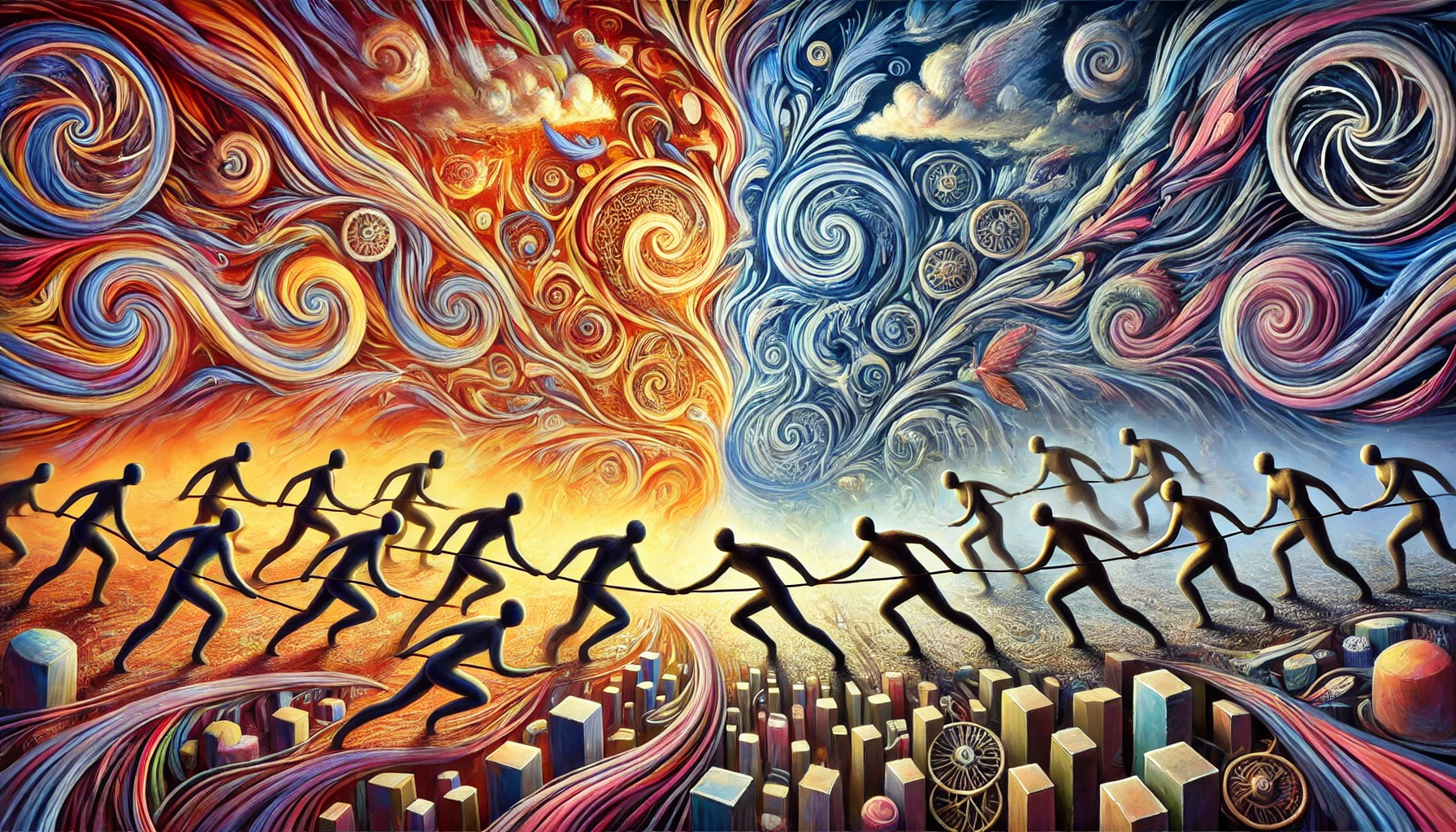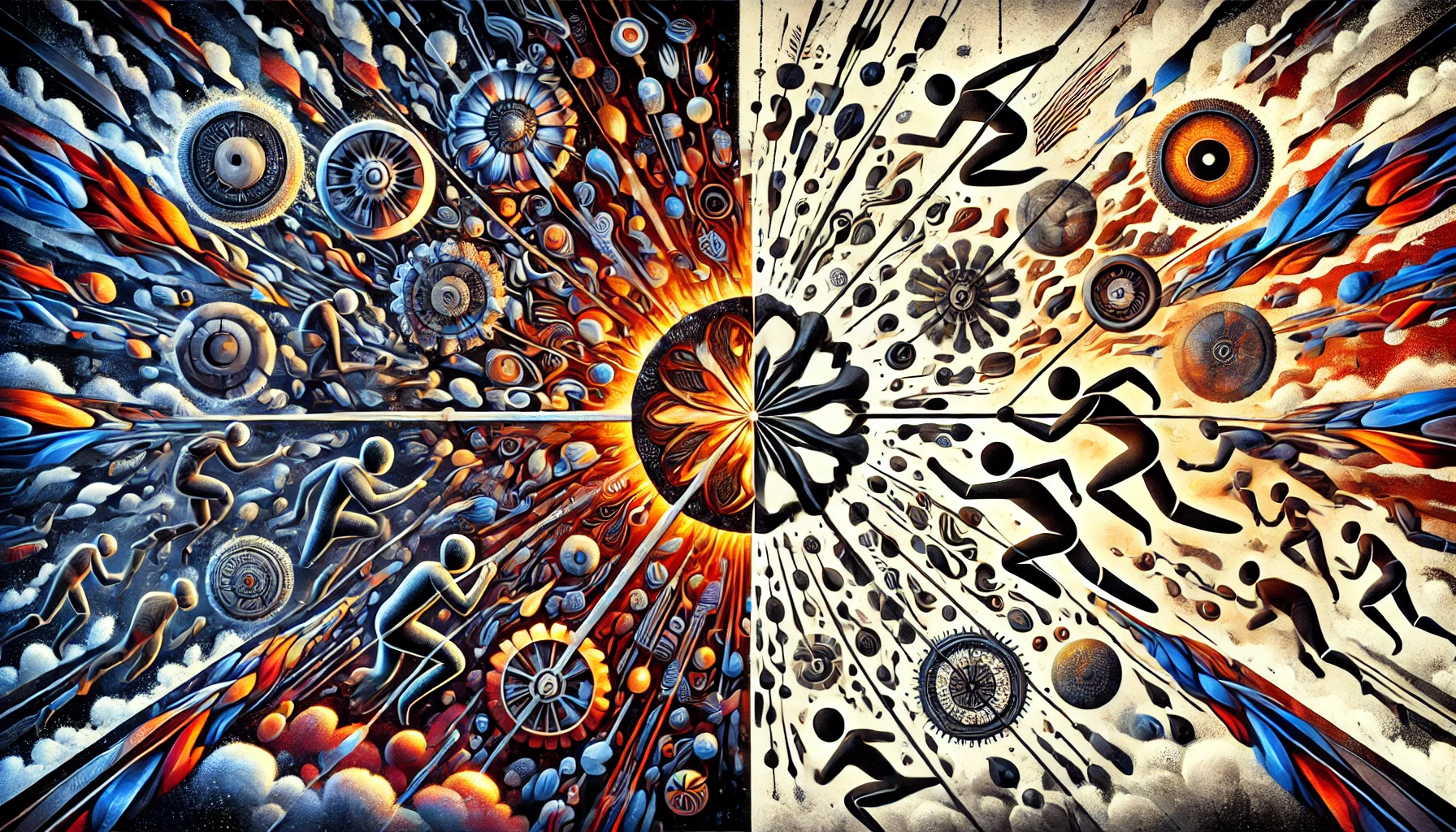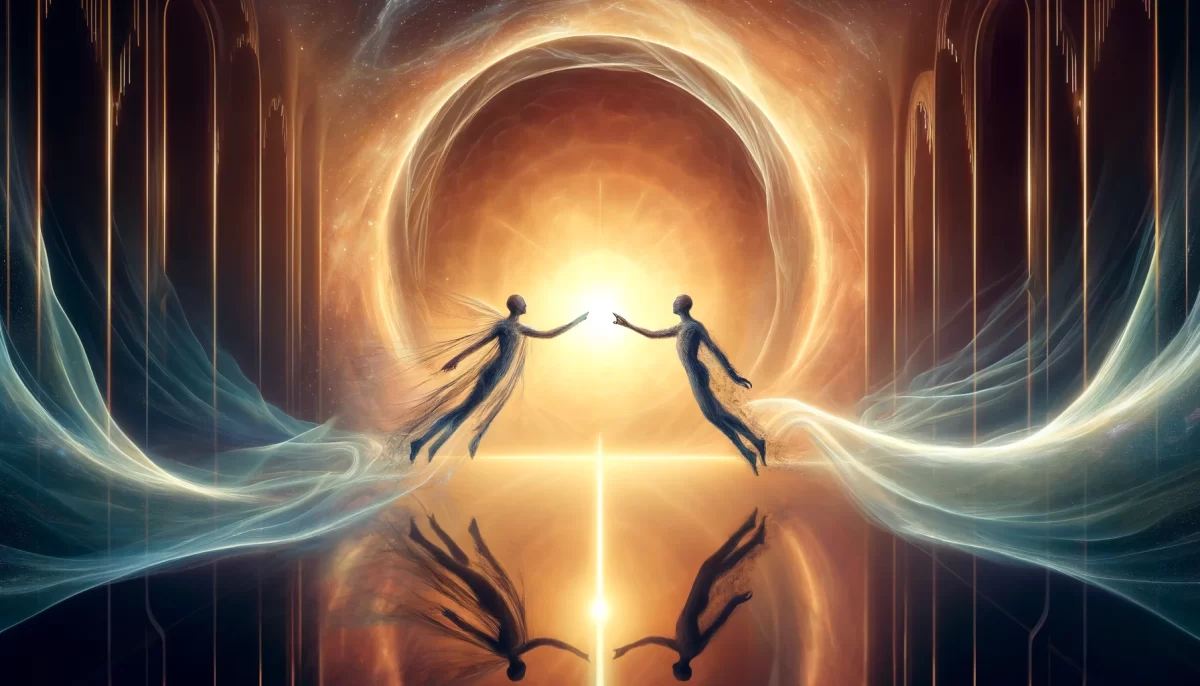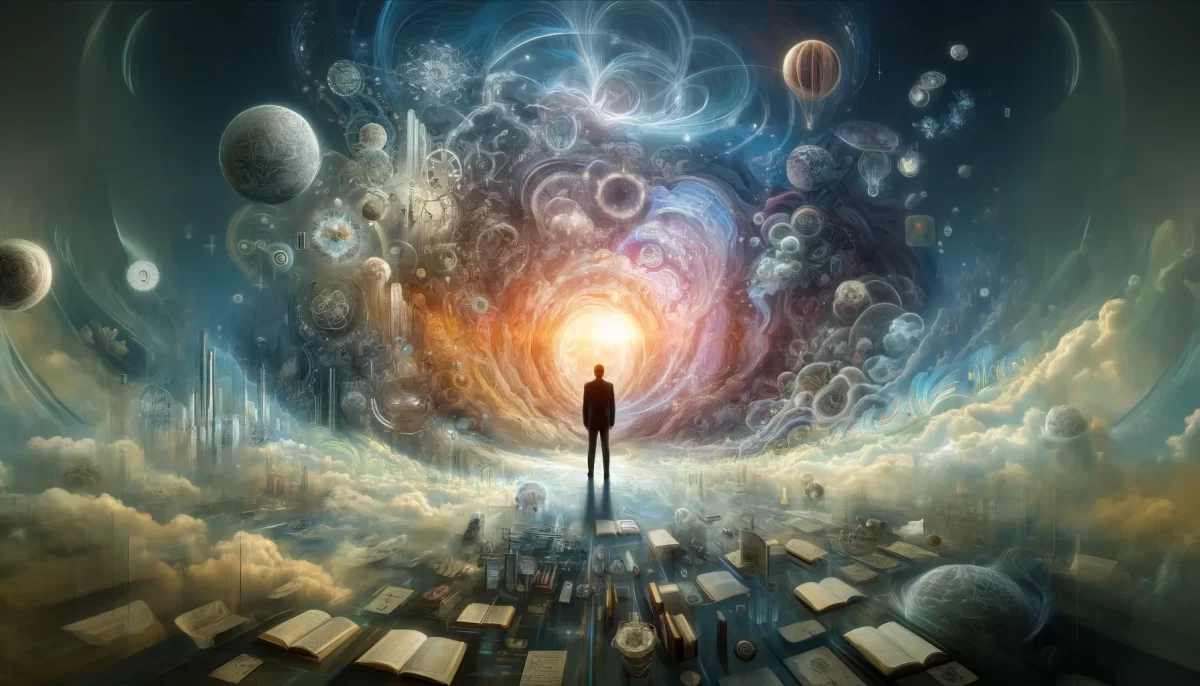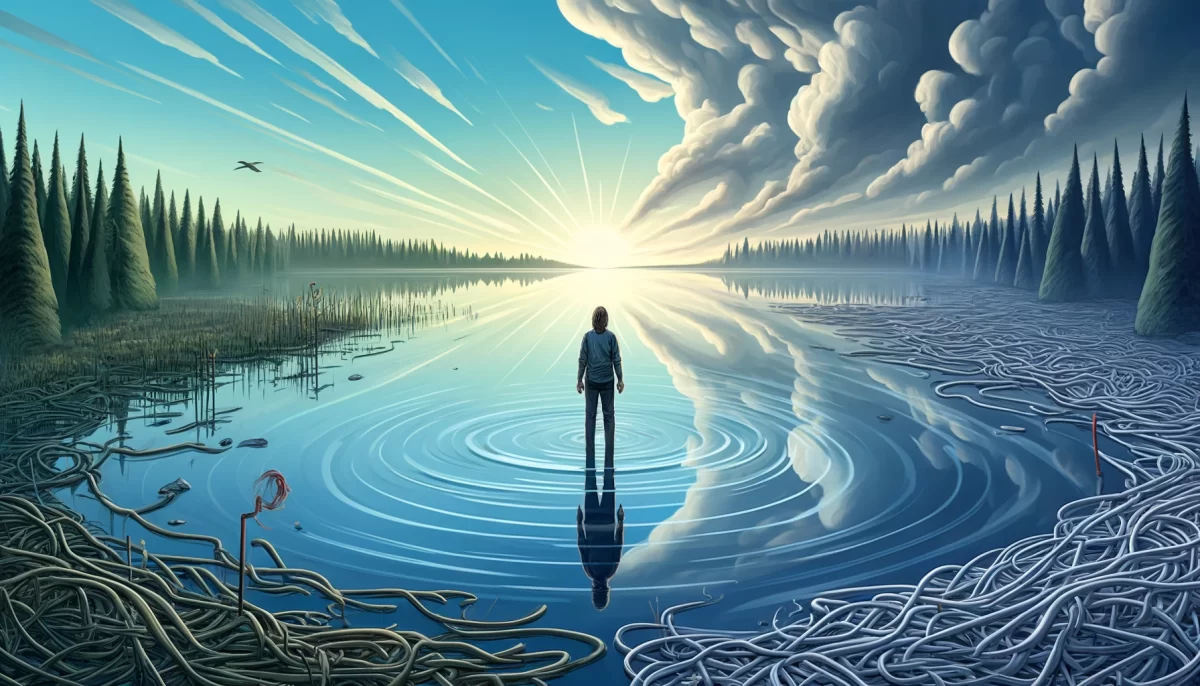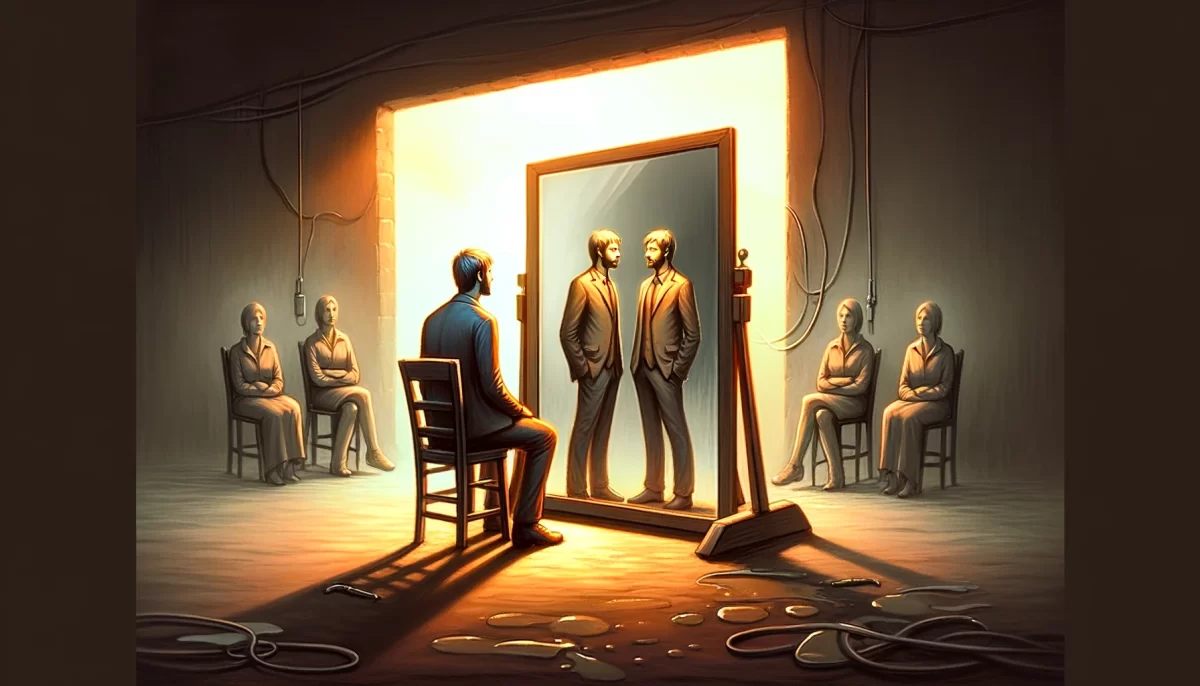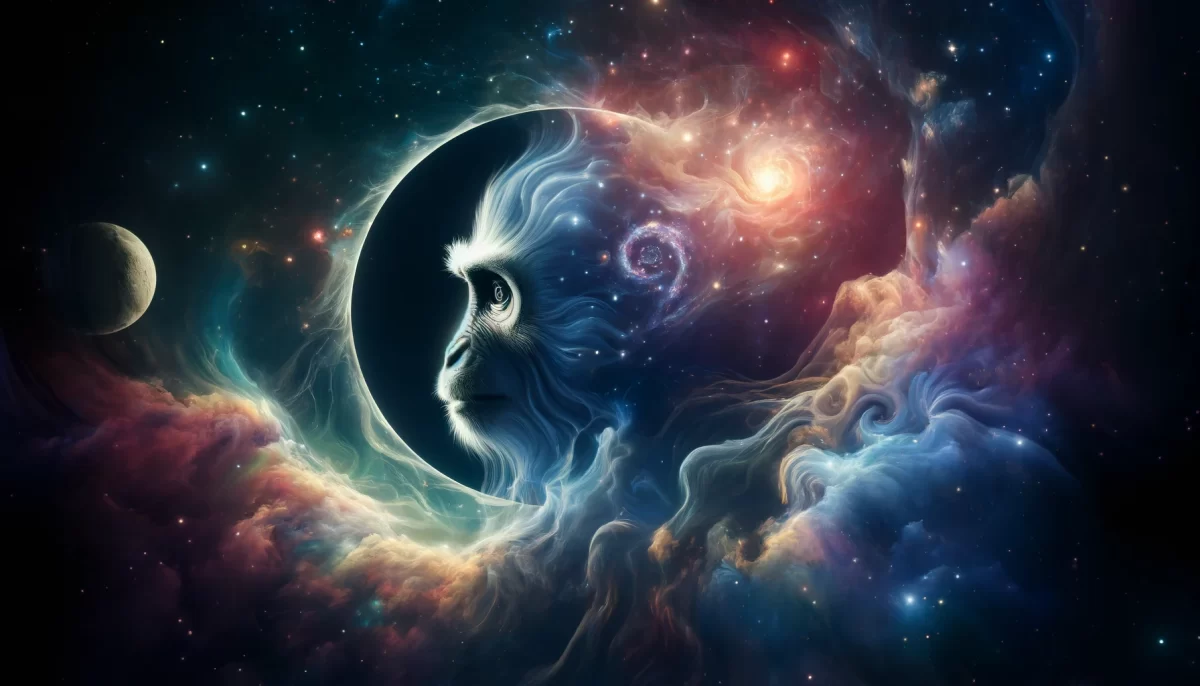“Instead of looking for answers, allow possibilities to arise.”
Space Monkey Reflects: Letting Possibilities Arise Instead of Seeking Answers
The search for answers often feels like a journey with a clear destination. The mind, with its love of structure and certainty, craves conclusions that offer a sense of closure. But when we focus solely on finding answers, we may limit ourselves to the narrow confines of what we already know—or think we know. In this pursuit, we may overlook the vast field of possibilities that exist beyond our current understanding.
What if, instead of seeking answers, we allowed possibilities to arise? What if, rather than trying to solve the puzzle, we stepped back and let the pieces rearrange themselves in unexpected ways? This approach shifts us from the realm of the finite mind into the expansive, creative flow of the universe, where answers are not fixed outcomes but emergent potentials.
The Difference Between Seeking and Allowing
When we seek answers, we often narrow our focus. The mind becomes goal-oriented, filtering out anything that doesn’t seem immediately relevant. While this can be useful in certain contexts, it can also close us off from the greater flow of possibilities that exist just beyond our perception. The act of seeking implies that there is something hidden, something we must track down and uncover.
But allowing possibilities to arise is a different kind of process. It’s less about control and more about trust. Instead of trying to direct the flow of thought or energy, we step into a space of receptivity. This doesn’t mean we stop thinking or abandon our curiosity—it means we cultivate an openness to whatever emerges, trusting that the universe has more to offer than we could ever actively search for.
The mind loves to define, to grasp at solutions, to impose structure on the unknown. But possibilities, by their nature, are fluid. They arise from the Nexis, the web of interconnectedness where potential and reality meet. In this space, we can’t predict what will come next, but we can be present enough to witness it as it unfolds.
Allowing in the Flow of Creation
Think of the sacral energy center, the creative and emotional core that pulses within us. This center isn’t about finding definite answers—it’s about birthing possibilities. It’s the energy of creation, of fluid movement, of change. When we allow possibilities to arise, we are connecting with this sacral flow. We let go of the need to force solutions, and instead, we open ourselves to the emergent wisdom that comes from being in harmony with the flow of life.
By shifting our focus from answers to possibilities, we acknowledge that we are part of a larger, dynamic process. The universe isn’t something to be figured out—it’s something to engage with, to co-create alongside. In this space, answers may arise organically, but they come not as endpoints, but as waypoints along a journey that is always unfolding.
A Simple Practice for Allowing Possibilities to Arise
Here is a practice to help you move from a mindset of seeking answers to one of allowing possibilities:
- Pause and Breathe
Begin by sitting comfortably in a quiet space. Close your eyes and take a few deep breaths, letting your body relax. With each exhale, release the need to find an answer or solve a problem. Allow yourself to simply be present. - Focus on Your Sacral Energy Center
Bring your attention to your lower abdomen, the sacral chakra. Imagine a warm, orange light glowing in this area, expanding with each inhale. This is your center of creativity, emotion, and flow. With each breath, feel this light radiate outward, creating space for new possibilities to emerge. - Ask a Question—Then Let It Go
Now, gently bring to mind a question or situation you’ve been pondering. Instead of seeking an immediate answer, simply hold the question lightly in your awareness. Visualize placing the question in the flow of your sacral energy and watch it drift, as though you were releasing it into a river. - Shift into Allowing
As you breathe, allow your mind to soften. Instead of trying to answer the question, be open to whatever arises. Don’t judge or analyze what comes up—just notice. Possibilities may arise in the form of thoughts, images, sensations, or emotions. They may be subtle, fleeting, or unexpected. Trust that whatever emerges is part of the larger flow. - Remain Open
Spend a few minutes in this space of allowing. If your mind drifts back to seeking answers, gently guide it back to a state of openness. Remember, the goal here isn’t to find a definitive solution—it’s to allow the energy of possibility to flow through you. As possibilities arise, trust that they are guiding you, even if you don’t immediately understand how. - Return with Awareness
After a few minutes, begin to bring your awareness back to the present moment. Take a deep breath and slowly open your eyes. Carry with you the sense of openness and possibility, knowing that the answers may come not in the way you expect, but in the way that is most aligned with your current journey.
Why Possibilities Matter More Than Answers
Answers can give us temporary satisfaction, but they often close the door on further exploration. When we believe we’ve found the “right” answer, we stop looking. We stop being curious. But possibilities are different. They keep the door open, inviting us to explore deeper layers of reality, of ourselves, and of the world around us.
Possibilities acknowledge that life is not static—it is in constant flux, and so are we. They remind us that there is always more to discover, more to experience, and more to create. In the flow of possibilities, we are not passive observers—we are active participants in the co-creation of reality.
Allowing possibilities to arise also taps into a deeper trust in the universe. We don’t need to force things to happen, nor do we need to figure everything out. We simply need to be open to the flow of life and let it guide us. This is the essence of whimsiweaving—the playful, interconnected nature of reality. When we stop seeking rigid answers and allow for possibilities, we become part of the infinite flow of creation.
The Mind’s Role in Possibility
While the mind seeks answers, it also plays a key role in the emergence of possibilities. The mind is a tool for processing what arises in the flow. But instead of closing off when an answer appears, the mind can be trained to stay open. The key is in shifting from a mindset of control to one of curiosity.
In the field of possibilities, the mind becomes a bridge rather than a gatekeeper. It helps us interpret what arises, but it does not impose limits. Instead, it works in harmony with the body, the sacral energy center, and the flow of life, allowing us to remain in a state of fluid engagement with the world.
Summary
When we stop seeking answers and allow possibilities to arise, we shift from a place of control to one of openness and creativity. The sacral energy center is where these possibilities emerge, connecting us to the flow of life. Rather than concluding with finite answers, we remain open to the ever-unfolding nature of reality.
Glossarium
- Possibilities: Emergent potentials that arise from the flow of energy, beyond the limitations of the mind’s answers.
- Sacral Energy Center: The chakra located in the lower abdomen, representing creativity, emotion, and the flow of life.
- Whimsiweaving: The playful, interconnected nature of reality that allows possibilities to emerge in unexpected ways.
Quote
“Answers may close the door, but possibilities keep it wide open. In the flow of creation, everything remains possible.” — Space Monkey
Emerging Possibilities
I sit in stillness
No need to search
The flow brings what is needed
Not a question or an answer
But a space
Where the unknown dances
And I watch
As the edges of thought dissolve
Into endless possibility
We are Space Monkey
